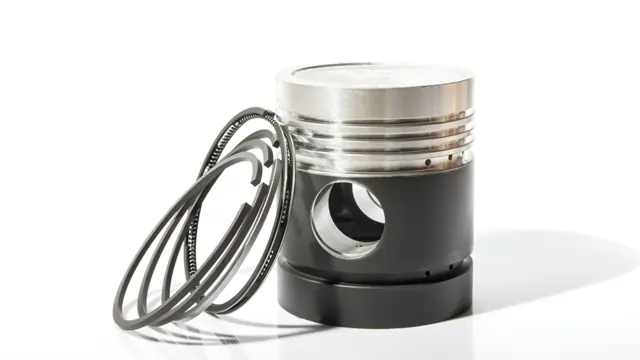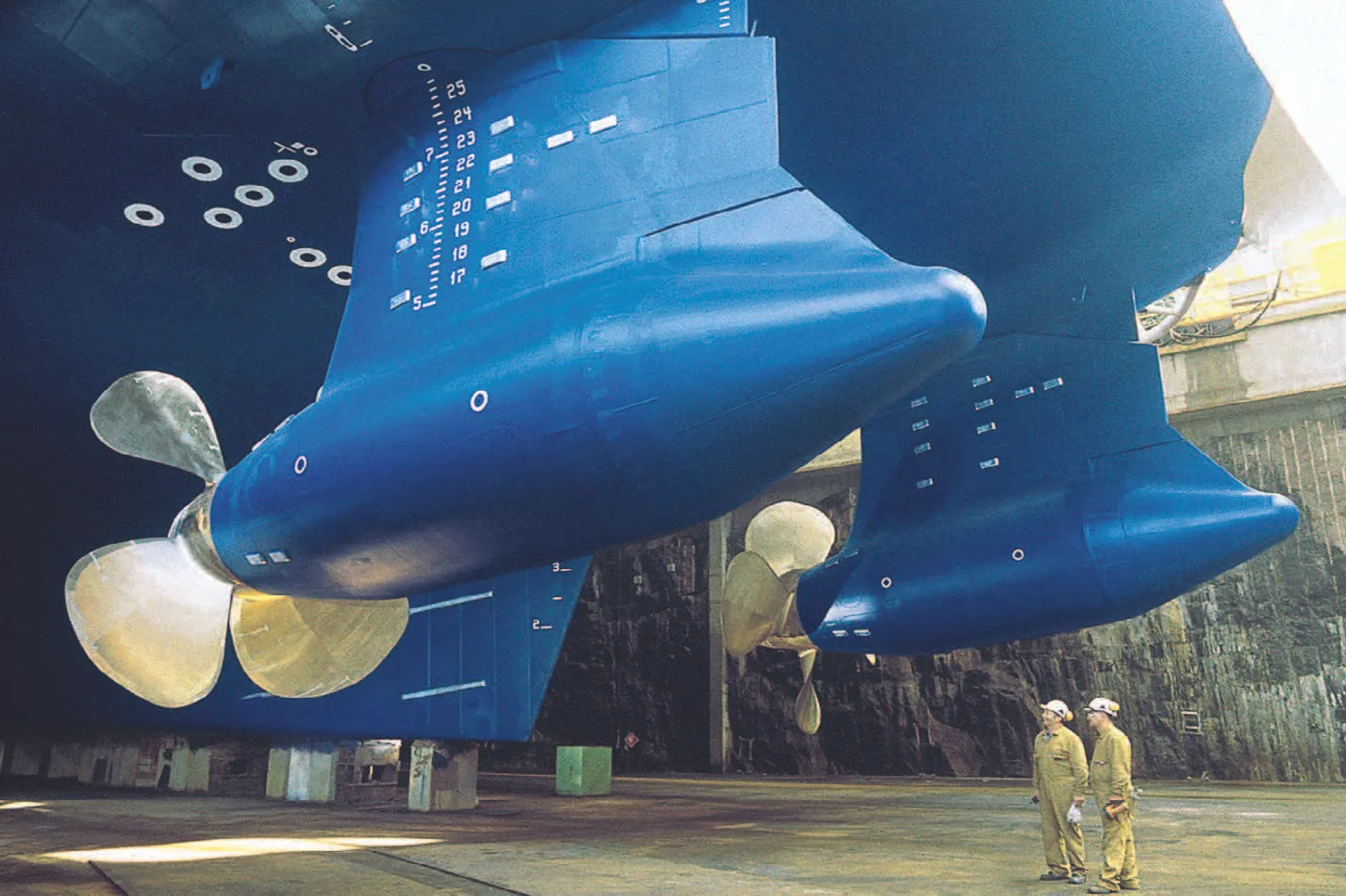
Contents
- Introduction to Piston Rings in the Maritime Sector
- Purpose and Function of Piston Rings
- Main Manufacturers of Piston Rings
- Different Coatings and Construction
- 4.1 Common Coatings
- 4.2 Construction Differences
- Coatings Used by MAN in Slow Speed Diesel Engines
- Coatings Used by Wärtsilä in Slow Speed Diesel Engines
- Recommended Running Hours for Piston Rings on Marine Prime Movers
- Service Intervals for Piston Rings
- Cost of Piston Rings for Maritime Engines
- Conclusion
- References
1. Introduction to Piston Rings in the Maritime Sector
Piston rings are crucial components in marine engines, playing a vital role in maintaining the efficiency and performance of the engine. They are used extensively in the maritime sector, including on ships and oil rigs, to ensure optimal engine functionality and longevity.
2. Purpose and Function of Piston Rings
Piston rings serve several essential functions in an engine:
- Sealing the Combustion Chamber: Piston rings create a seal between the piston and the cylinder wall, preventing combustion gases from escaping and ensuring maximum compression.
- Regulating Oil Consumption: They control the amount of oil that lubricates the cylinder walls, preventing excessive oil from entering the combustion chamber.
- Heat Transfer: Piston rings help transfer heat from the piston to the cylinder wall, aiding in temperature regulation.
- Reducing Friction: They reduce friction between the piston and the cylinder wall, minimizing wear and tear.
3. Main Manufacturers of Piston Rings
Several leading manufacturers produce high-quality piston rings for marine engines, including:
- MAN Energy Solutions
- Wärtsilä
- Mahle
- Federal-Mogul (now part of Tenneco)
- NPR (Nippon Piston Ring Co., Ltd.)
- Hastings Piston Rings
4. Different Coatings and Construction
Piston rings can have various coatings and construction types to enhance their performance and durability.
4.1 Common Coatings
- Chromium: Offers excellent wear resistance and is commonly used in high-performance applications.
- Molybdenum (Moly): Provides good scuff resistance and is ideal for engines with high operating temperatures.
- Ceramic: Extremely durable and resistant to high temperatures and corrosion.
- Phosphate: A pre-treatment coating that helps improve the adhesion of other coatings and provides initial wear protection.
4.2 Construction Differences
- Cast Iron: Traditional material known for its excellent wear resistance and ability to conform to cylinder walls.
- Steel: Used in high-performance applications due to its strength and resistance to deformation.
- Multi-Layer: Some piston rings use a combination of materials to enhance performance characteristics, such as a steel core with a wear-resistant coating.
5. Coatings Used by MAN in Slow Speed Diesel Engines
MAN Energy Solutions employs various advanced coatings for piston rings in their slow-speed diesel engines, including:
- Cermet Coatings: These coatings combine ceramic and metallic materials to provide exceptional wear resistance and durability.
- Plasma Coatings: Applied using a plasma spray process, these coatings offer high wear resistance and excellent adhesion to the base material.
- Graphite Coatings: Used to enhance lubrication properties and reduce friction.
6. Coatings Used by Wärtsilä in Slow Speed Diesel Engines
Wärtsilä also utilizes advanced coatings for their piston rings to ensure long-lasting performance and efficiency:
- CrN (Chromium Nitride) Coating: Provides high hardness and excellent wear resistance, commonly used in high-performance applications.
- MoN (Molybdenum Nitride) Coating: Offers enhanced scuff resistance and is ideal for engines operating at high temperatures.
- Composite Coatings: A combination of materials to provide a balanced performance in terms of wear resistance and lubrication.
Wärtsilä Products Using Piston Rings
Wärtsilä’s slow-speed diesel engines that utilize these advanced piston rings include:
- Wärtsilä RT-flex96C
- Wärtsilä 50DF
- Wärtsilä 31
The Wärtsilä RT-flex96C is one of the most popular models, known for its efficiency and reliability in large container ships.
7. Recommended Running Hours for Piston Rings on Marine Prime Movers
The recommended running hours for piston rings in marine prime movers can vary depending on the engine type and operating conditions. Typically, piston rings in marine engines should be inspected and potentially replaced after:
- 20,000 to 30,000 hours for medium-speed engines
- 30,000 to 40,000 hours for slow-speed engines
8. Service Intervals for Piston Rings
Regular maintenance and inspection are crucial for ensuring the longevity and performance of piston rings. Service intervals typically include:
- Regular Inspections: Every 8,000 to 10,000 hours, depending on engine usage and manufacturer recommendations.
- Replacement: As needed, based on inspection findings and manufacturer guidelines, usually between 20,000 to 40,000 hours.
9. Cost of Piston Rings for Maritime Engines
The cost of piston rings for maritime engines can vary widely based on the engine size, type, and specific requirements. On average:
- Standard Piston Rings: $50 to $200 per ring
- High-Performance Piston Rings with Advanced Coatings: $200 to $500 per ring
Complete sets for a single engine can range from $1,000 to $5,000, depending on the number of cylinders and specific engine requirements.
10. Conclusion
Piston rings are essential components in maritime engines, ensuring efficiency, performance, and longevity. Understanding the different types of coatings, constructions, and maintenance requirements can help in selecting the right piston rings for specific applications, thereby enhancing the operational efficiency of maritime vessels.
11. References
- MAN Energy Solutions: Piston Rings and Liners
- Wärtsilä: Engine Services
- Mahle: Piston Rings
- Federal-Mogul: Piston Rings
- NPR of Europe: Piston Rings
- Hastings Piston Rings: Product Information
- Wärtsilä RT-flex96C: Wärtsilä RT-flex96C
For more detailed articles and information on maritime tools and technologies, visit MaritimeHub.com



